Bridging the Language Divide in Telehealth: Understanding the Impact on Patient Experience
In the age of telehealth, access to care has become more accessible than ever before. However, amid the convenience and efficiency of virtual consultations, it's essential to recognize that language barriers can create disparities in patient experience and access to care. Patients with limited English proficiency (LEP) often face unique challenges in navigating telehealth services, which can impact their overall healthcare experience. Language ends up being an equity issue since not being able to communicate can lead to worse outcomes and inability to even access telehealth services.
A recent study conducted in California examined the differences in telehealth access and experience between patients with LEP and those with English proficiency (EP). The study found that patients with LEP were not only less likely to use telehealth services but also reported worse experiences with video visits compared to in-person visits. These findings underscore the importance of addressing language barriers in telehealth to ensure equitable access to care for all patients.
Patients with LEP also encounter a myriad of challenges when accessing telehealth services: difficulties in finding providers who speak their language, limited access to interpretation services during virtual consultations, and concerns about the accuracy and effectiveness of language interpretation in conveying medical information. As a result, patients with LEP may experience heightened anxiety and uncertainty during telehealth visits, impacting their overall satisfaction and engagement with the healthcare system.
These disparities observed in telehealth access and experience highlight the need for targeted interventions to address language barriers in telehealth. Healthcare providers must prioritize the implementation of language interpretation services, such as remote interpreters or multilingual telehealth platforms, to ensure effective communication with patients who have limited English proficiency. Technically, all US clinicians must offer interpretation services because of a federal law. So telehelath platforms will have access to a call-in interpreter. But we could do more for landing pages to be multilingual. Additionally, efforts to improve digital literacy and support among patients with LEP can help mitigate barriers related to technology use and access.
As we strive to create a more inclusive healthcare system, addressing language barriers in telehealth is essential for promoting equity and access to care for all patients. By investing in language interpretation services, enhancing digital accessibility, and promoting cultural competency among healthcare providers, we can bridge the language divide in telehealth and ensure that all patients receive high-quality, patient-centered care, regardless of language proficiency.
In short, language should never be a barrier to accessing quality healthcare. Especially with all the technology we have>
